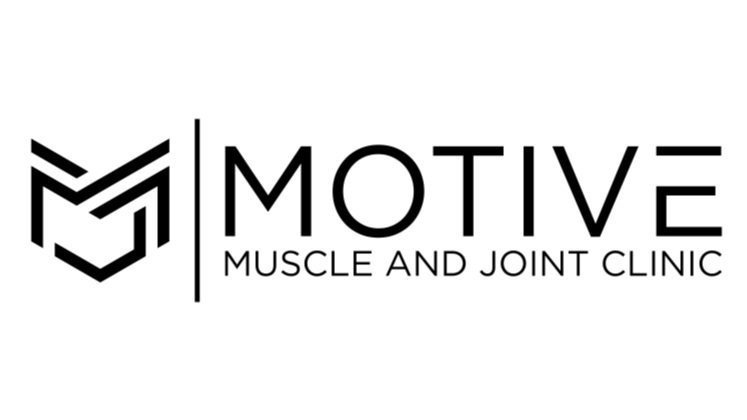How Maintenance Care Supports an Active Lifestyle
In this day and age, we’re taught that physical therapy is only useful for big injuries and surgeries. If an issue isn’t significant enough to warrant PT, we pop a couple of pain pills and hope the issue resolves itself. On the contrary, if an issue is significant enough to warrant PT, we’re set loose to return to activity with no restrictions or guidance following the completion of their care.
Why is it that we only see value in physical therapy for big injuries and surgeries?
Health insurance in the States does not reimburse for maintenance chiropractic or physical therapy. Insurance is only willing to pay out if there is an injury with a definitive diagnosis that is “bad enough” to require treatment. Insurance will also only cover you getting “fixed” on their suggested timeline or visit limit. Once the individual completes the treatment plan and post-PT testing states the individual is “healthy enough,” the insurance stops covering their care.
Conditional insurance coverage continues to promote the narrative that you should only seek chiropractic or physical therapy if something is bad enough to be considered a serious injury. It reinforces the idea that once your post-PT testing shows you’re healthy enough, you’re fine to return to activity with no follow-up care.
Maintenance care can be the difference between reinjuring vulnerable tissue and returning to activity with no issues. Maintenance care can be the difference between a small issue culminating into a season ending injury and finishing out your sports season strong. Maintenance care can be the difference between living in chronic pain and managing symptoms entirely with no limitations.
WHY SHOULD MAINTENANCE CARE BE THE NORM FOR ACTIVE INDIVIDUALS?
Guidance on return to activity procedures
Have you ever thought, “Hmm, this feels weird. I wonder if this is a normal part of my training or if this is something significant I should worry about?” Having open communication with your provider about aches and pains that pop up in training can be the difference between suffering for 2 days, suffering for 2 weeks, or suffering 2 months. Your provider can assist you in adjusting volume of training, what to avoid in training, or what to modify in training to keep small issues from becoming big issues.
Guidance through offseason, pre-season, and in-season goals
Training varies seasonally across all sports, and all sports come with very specific demands. Maintenance care allows us to closely monitor functional issues of tightness, soreness, weakness, etc. Some issues are better to be addressed post-season, and some issues require immediate attention. Having a skilled provider on your team who can differentiate between these issues can be key in achieving optimal performance.
Guidance on balancing lifestyle and performance
Some individuals lead very sedentary lifestyles in comparison to the demands of their activity. For example, many weekend warriors with very sedentary jobs go all out in their weekend activities and wonder why their body hates them. The stresses applied to their body in sport are significantly different than the stresses placed on their body from being a desk jockey. It’s no wonder that they wind up in pain. Having regular maintenance care can help keep these issues from becoming bigger problems, while also equipping them with knowledge of movements to do during the week so that their weekends aren’t so harsh on their body.
If your plan is to live a life full of activity, I highly suggest adding maintenance appointments to your recovery routine. They’re a proactive way to invest in your current and long-term health, while helping you to lead a more active and fulfilling life. Please remember, you never have to wait until something is “bad enough” to seek help! : )
Looking for a provider to assist you in a maintenance routine? Motive offers the most comprehensive conservative care in Norman, OK through chiropractic adjustments, physiotherapy, dry needling, cupping, scraping, and rehabilitative exercise all under the same roof.





